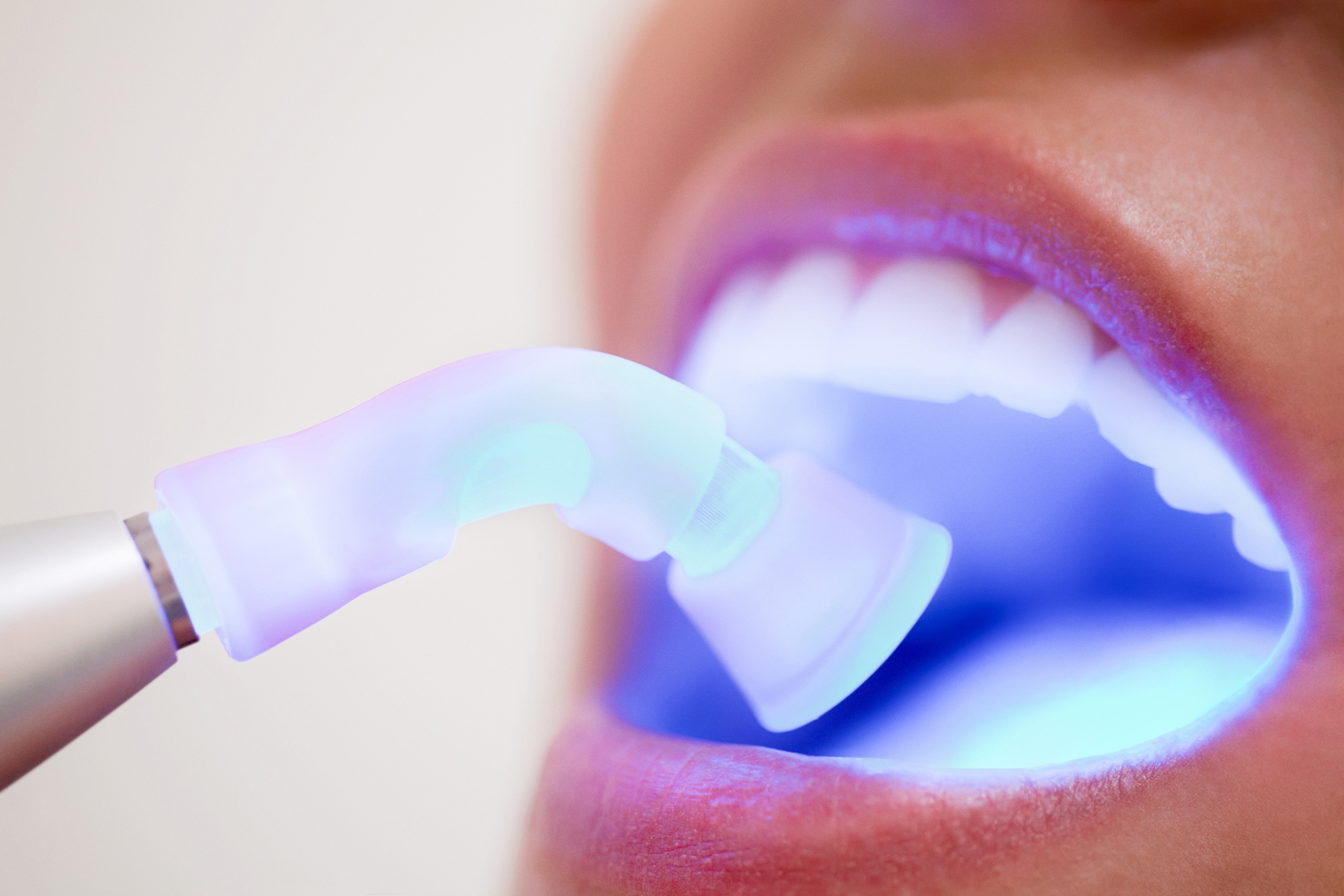Dental fillings are a cornerstone of modern dentistry, offering a reliable solution for restoring teeth damaged by cavities or minor fractures. If you’ve ever had a filling or are considering one, you’re likely wondering: How long do dental fillings last? The answer depends on several factors, including the type of material used, your oral hygiene habits, and lifestyle choices. Let’s explore everything you need to know about the lifespan of dental fillings, the factors that influence their durability, and tips to ensure they stand the test of time. Whether you’re curious about filling durability or seeking ways to maximize their longevity, this blog has you covered.
Understanding Dental Fillings: What Are They?
A dental filling is a restorative treatment used to repair a tooth damaged by decay or trauma. When a cavity forms, a dentist removes the decayed portion and fills the space with a durable material to restore the tooth’s shape, function, and strength. Fillings not only prevent further decay but also protect the tooth from sensitivity and discomfort.
The types of dental fillings available today vary widely, each with its own strengths and lifespan. From traditional amalgam to modern composite resins, the material you choose plays a significant role in determining filling durability. Let’s break down the most common options and explore how they impact the dental filling lifespan.
Types of Dental Fillings and Their Longevity
The longevity of a filling hinges on the material used. Here’s a closer look at the most popular types of dental fillings and how long they typically last:
- Amalgam Fillings (Silver Fillings)
Amalgam fillings, made from a mixture of metals like silver, mercury, and tin, have been a go-to option for decades. Known for their strength, they’re often used in back teeth where chewing pressure is high.
- Lifespan: 10–15 years (or longer with proper care).
- Pros: Exceptional filling durability, cost-effective, and resistant to wear.
- Cons: Noticeable silver color, less aesthetically pleasing.
- Composite Resin Fillings
Composite fillings are made from a tooth-colored resin, making them a popular choice for visible teeth. They bond directly to the tooth, offering both function and aesthetics.
- Lifespan: 5–10 years.
- Pros: Natural appearance, versatile application.
- Cons: Less durable than amalgam, more prone to staining over time.
- Gold Fillings
Gold fillings are a premium option, prized for their longevity and biocompatibility. While less common due to cost, they’re incredibly robust.
- Lifespan: 15–20 years (or more).
- Pros: Superior long-lasting fillings, corrosion-resistant.
- Cons: High cost, metallic appearance.
- Ceramic (Porcelain) Fillings
Ceramic fillings, often used in inlays or onlays, are crafted from porcelain and offer a natural look with solid durability.
- Lifespan: 10–15 years.
- Pros: Stain-resistant, aesthetically pleasing.
- Cons: More expensive than composite, can be brittle under extreme pressure.
- Glass Ionomer Fillings
These fillings release fluoride to help prevent further decay, making them ideal for children or areas below the gumline.
- Lifespan: 5–7 years.
- Pros: Fluoride release is good for small cavities.
- Cons: Less durable, not suited for high-pressure areas.
So, how long do dental fillings last? On average, you can expect a lifespan of 5–20 years, depending on the material. However, this range isn’t set in stone—your habits and care routine can either extend or shorten the dental filling lifespan.
Factors That Affect How Long Do Dental Fillings Last
The material is a key player in filling durability, several other factors influence how long your fillings will hold up. Understanding these can help you take control of your oral health and enjoy long-lasting fillings.
- Oral Hygiene Practices
Brushing twice a day, flossing daily, and using an antiseptic mouthwash are non-negotiables for dental filling maintenance. Poor hygiene allows bacteria to creep in, potentially causing secondary decay around the filling and reducing its lifespan.
- Diet and Lifestyle
What you eat matters. Sugary snacks, acidic drinks, and sticky foods can weaken fillings over time. Habits like smoking or excessive alcohol consumption can also compromise filling durability by staining or degrading the material.
- Chewing Habits
Do you grind your teeth at night or chew on hard objects like ice or pens? These habits put extra stress on fillings, potentially causing cracks or wear that shorten the dental filling lifespan.
- Location of the Filling
Fillings in molars or premolars—where chewing forces are strongest—may wear out faster than those in front teeth. The constant pressure can challenge even the most long-lasting fillings.
- Quality of Placement
The skill of your dentist matters. A well-placed filling that seals the tooth perfectly will outlast one with gaps or poor bonding. Precision during the procedure is critical for maximizing filling durability.
- Natural Wear and Tear
Over time, even the toughest materials wear down. Regular dental checkups can catch early signs of deterioration, ensuring timely repairs or replacements to maintain long-lasting fillings.
How Long Do Dental Fillings Last? Signs They Need Replacement
No filling lasts forever, but how do you know when it’s time for a replacement? Here are some telltale signs that your filling may be nearing the end of its dental filling lifespan:
Sensitivity or Pain: If your tooth becomes sensitive to hot, cold, or pressure, the filling might be failing.
- Cracks or Chips: Visible damage to the filling can expose the tooth to decay.
- Discoloration: Darkening around the filling could signal leakage or decay underneath.
- Loose or Missing Filling: If it falls out or feels wobbly, it’s time to see your dentist ASAP.
Regular dental visits—typically every six months—allow your dentist to monitor your fillings and catch issues early. Proactive care is the key to extending filling durability.
Tips for Dental Filling Maintenance: Maximizing Longevity
Want to ensure your fillings go the distance? Here are practical dental filling maintenance tips to promote long-lasting fillings:
- Brush and Floss Consistently: Use a soft-bristled toothbrush and fluoride toothpaste to keep your teeth and fillings clean. Flossing removes debris that could weaken the filling’s edges.
- Avoid Hard Foods: Skip the ice-chewing and hard candies to prevent cracks.
- Limit Staining Agents: Coffee, tea, and red wine can stain composite fillings—moderation is key.
- Wear a Mouthguard: If you grind your teeth, a nightguard can protect your fillings from excessive force.
- Schedule Regular Checkups: Routine exams help your dentist spot wear or damage before it becomes a bigger problem.
By following these steps, you can significantly boost the dental filling lifespan and keep your smile healthy and strong.
How Long Do Dental Fillings Last Compared to Other Restorations?
Fillings aren’t the only option for repairing teeth. How do they stack up against alternatives like crowns or inlays?
- Dental Crowns: These cover the entire tooth and often last 10–15 years, sometimes longer, with excellent care. They’re more durable but require more tooth preparation.
- Inlays/Onlays: Made of porcelain or gold, these can last 10–20 years and are stronger than fillings for larger repairs.
- Fillings: Best for smaller cavities, with a lifespan of 5–20 years depending on the material and care.
For minor damage, fillings are a cost-effective, minimally invasive choice. For larger issues, your dentist might recommend a crown or inlay for greater filling durability.
Expert Dental Care for Long-Lasting Fillings
So, how long do dental fillings last? The answer varies—anywhere from 5 to 20 years—based on the material, your habits, and how well you care for them. Amalgam and gold offer the longest dental filling lifespan, while composite and glass ionomer provide shorter but still reliable service. With proper dental filling maintenance, you can push those numbers higher and enjoy long-lasting fillings that keep your smile in top shape.
At Chestnut Ridge Dental, we’re committed to helping you achieve a healthy, lasting smile. Our team of experienced dentists combines expertise and advanced skills to deliver top-notch care, whether you need a filling, routine checkup, or more complex treatment. Located in Woodcliff Lake, NJ, we pride ourselves on personalized service and a patient-first approach. Ready to ensure your fillings stand the test of time? Schedule an appointment with Chestnut Ridge Dental today and experience the difference our skilled professionals can make. Your smile deserves the best—let us help you keep it shining bright!
FAQs About Dental Fillings
- How long do dental fillings last on average?
On average, dental fillings last 5–20 years, depending on the material (e.g., amalgam lasts 10–15 years, composite 5–10 years) and how well you maintain them.
- Can I make my fillings last longer?
Yes! Good oral hygiene, avoiding hard foods, and regular dental visits can extend the dental fillings and ensure long-lasting fillings.
- Do all types of dental fillings last the same amount of time?
No, filling durability varies by material. Gold and amalgam are the most durable (15–20 years), while composite and glass ionomer typically last 5–10 years.
- What happens if a filling wears out?
A worn-out filling may cause sensitivity, pain, or decay. Visit your dentist for an evaluation and possible replacement to maintain filling durability.
- How often should I check my fillings?
Dentists recommend checkups every six months to monitor your fillings and catch any issues early, supporting dental filling maintenance.
- Are there signs I need a new filling?
Yes, look for sensitivity, cracks, discoloration, or a loose filling. These indicate the end of a filling’s dental filling lifespan.





